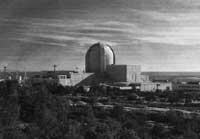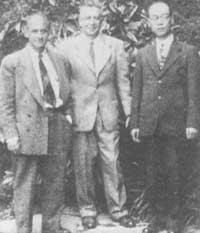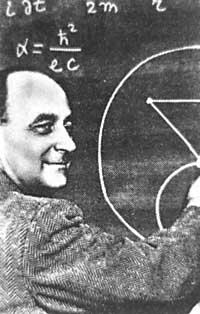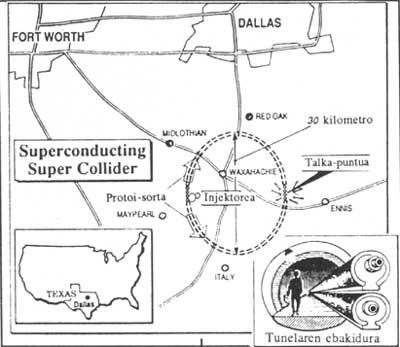Thorinew generation of nuclear power plants?
1994/02/01 Elhuyar Zientzia Iturria: Elhuyar aldizkaria
The Italian physicist Carlo Rubbia, winner of the Nobel Prize in Physics in 1994, presented last month in Geneva the project of a nuclear power plant that would use uranium as fuel and thorium. Rubia explained that a container with 30 cubic meters of water, 300 kg of thorium and a particle accelerator that initiated a fission reaction are sufficient to reach a power of 100 megawatts.

A plant of 10 such groups, with a much lower cost, would obtain the same power (900 MW) as the current conventional uranium plant: 30,000 million ptas. (1.5 billion pounds). The particle accelerator functions as a neutron cannon. Neutrons collide with thorium atoms, turning thorium into uranium 233.
This subsequent uranium becomes low-radioactive ash, releasing neutrons in this reaction. These neutrons are aspirated by thorium to give continuity to the cycle. The release of neutrons is accompanied by release of energy, heat. This heat, as in conventional nuclear power plants, would be used to heat water and power turbines. Particle accelerator shutdown interrupts the fission reaction. Therefore, the process is easy to control, always in the words of Rubia.
Thorium relatively abundant in nature and cheap in the area of uranium. In addition, thorium fission remains are medium-life radioelements that remain radioactive for about 200 years, while uranium remains last much longer. Another additional advantage would be that the thorium plant does not serve military use. Rubia explained that if you get money to start the project, within 5 years the first prototype would be working.

Gai honi buruzko eduki gehiago
Elhuyarrek garatutako teknologia





